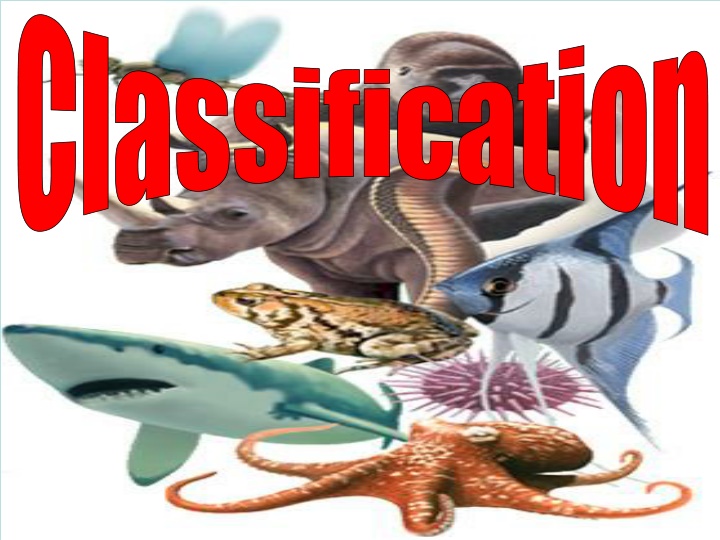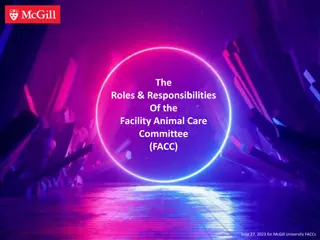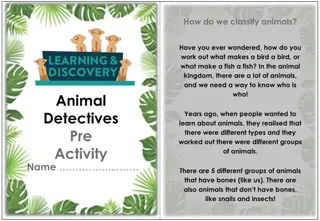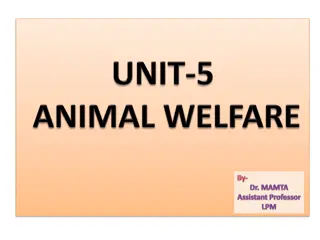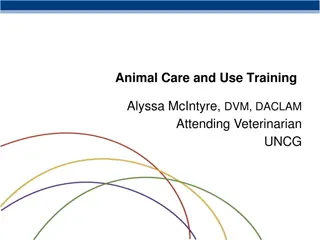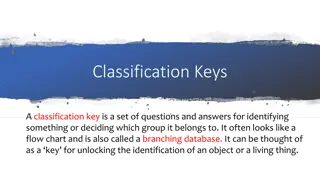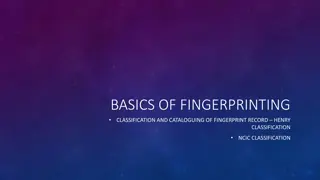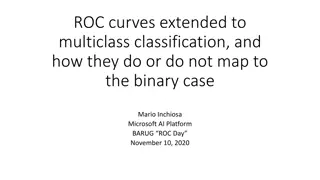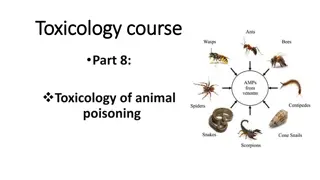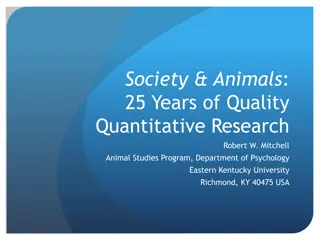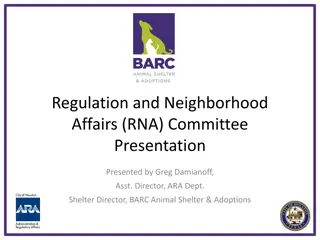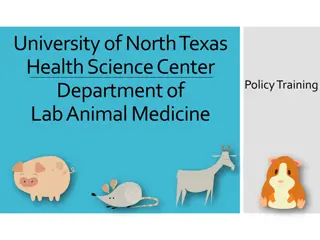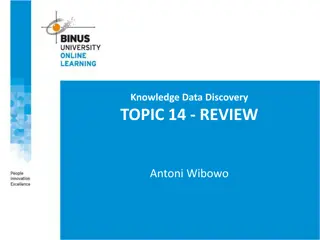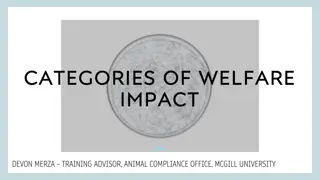Animal Classification and Characteristics
Animals are separated into groups or categories for easier study. Learn about mammals, fish, birds, reptiles, and amphibians - their unique characteristics, habitats, and behaviors. Explore how mammals have teeth, hair, and produce milk, while fish are cold-blooded and live in water. Discover how birds have feathers and reptiles have scales. Understand the importance of classification in the study of different animal groups.
Download Presentation

Please find below an Image/Link to download the presentation.
The content on the website is provided AS IS for your information and personal use only. It may not be sold, licensed, or shared on other websites without obtaining consent from the author.If you encounter any issues during the download, it is possible that the publisher has removed the file from their server.
You are allowed to download the files provided on this website for personal or commercial use, subject to the condition that they are used lawfully. All files are the property of their respective owners.
The content on the website is provided AS IS for your information and personal use only. It may not be sold, licensed, or shared on other websites without obtaining consent from the author.
E N D
Presentation Transcript
Classification? Animals are separated into groups or categories so that they are more easily studied and discussed by scientists and others.
Animal Classification Mammals Fish Birds Reptiles Amphibians
Mammals Characteristics: Have teeth Have hair Are warm blooded Have a single jaw bone Have inner ear bones Produce milk for their young
Mammals Mammals have larger brains and seem to be the most capable lear ners. All mammalian mothers nourish their babies with milk.
Fish Characteristics: Are cold-blooded vertebrate (backbone) Live in water Usually have paired fins, gills, and scales
Fish Most fish lay large numbers of eggs, but some have live birth. Most fish breathe by drawing water over four or five pairs of gills.
Amphibians Characteristics: Are cold-blooded vertebrate (backbone) Lay their eggs in water Lack any skin coverings such as fur, scales or feathers
Amphibians Young amphibians tend to resemble s mall fish. Amphibian means "two lives," a refere nce to the change that frogs go throu gh as they move from egg to tadpole t o frog. Even as adults, most frogs and other amphibians must stay close to water.
Birds Characteristics: Have feathers Lay eggs Have bodies specially adapted for flight Have a beak rather than teeth
Birds Their nearly hollow bones provide lightweight strength. Birds now live almost everywhere on Earth.
Reptiles Characteristics: Have scales Lay leathery eggs on land Are often called cold-blooded because they can't regulate their own body temperature
Reptiles Reptiles do not use energy to fuel internal "furnaces" Although reptiles breathe through lungs, some reptiles can also absorb oxygen in water through their mouth.
Resources Quia Classification Quiz Charts: Animal classification, Fish, Bird, Amphibian, Animals, The Animal Kingdom
Resources http://www.nmnh.si.edu/BIRDNET/ http://falcon.jmu.edu/~ramseyil/vertebrates.htm http://www.edhelper.com/AnimalReadingComprehension_1_1.html http://www.edhelper.com/animals.htm http://animaldiversity.ummz.umich.edu/site/index.html http://anthro.palomar.edu/animal/links.htm http://www.dowslane.org/reptile.html http://www.seaworld.org/animal-info/animal-bytes/index.htm http://www.hhmi.org/coolscience/critters/critters.html http://www.quia.com/servlets/quia.activities.common.ActivityPlayer?AP_rand =785616651&AP_activityType=14&AP_urlId=1130&AP_continuePlay=true&i d=1130
This powerpoint was kindly donated to www.worldofteaching.com http://www.worldofteaching.com is home to over a thousand powerpoints submitted by teachers. This is a completely free site and requires no registration. Please visit and I hope it will help in your teaching.
